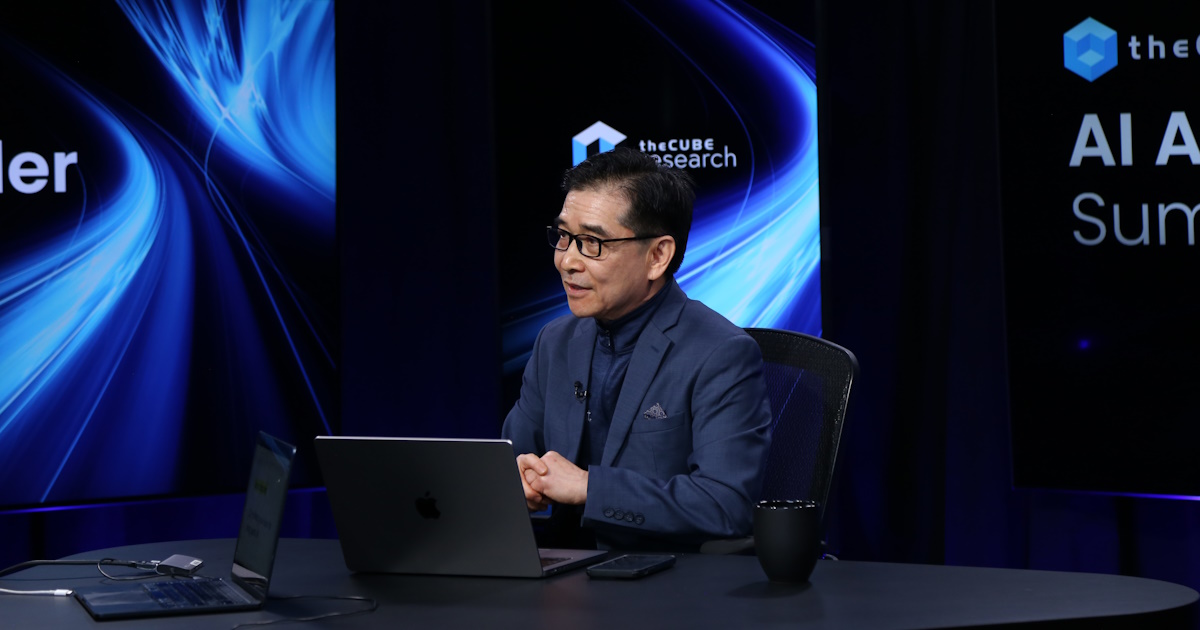This ended when Huawei turned to SMIC, China’s largest foundry and the third largest in the world after TSMC and Samsung Foundry, to build the 7nm Kirin 9000s for the Mate 60 line. Having SMIC build the application processor allowed Huawei to bring 5G back to its phones without violating the sanctions. One negative for Huawei, its mosr most advanced smartphone chipset is three process nodes behind the competition (5nm, 3nm, and 2nm).
For example, due to sanctions that prevent Chinese firms from obtaining advanced chip manufacturing equipment, Extreme Ultraviolet (EUV) Lithography machines are banned from being shipped to SMIC and other Chinese foundries. As a result, SMIC cannot build chips using a process node more advanced than 7nm. Considering that TSMC and Samsung Foundry are shipping 2nm chips later this year, you can see how the U.S. chip sanctions are negatively impacting Huawei and SMIC.
If you took Economics 101, can you answer this? What happens to prices when there is heavy demand and limited production capabilities. If you said that prices soar, you are right. And that is the situation in which we find ourselves today. TSMC is expected to raise prices sharply on a process node that is already expensive. In fact, 2nm wafer prices, at $30K a pop, are approximately 50% higher than the pricing for 3nm wafers when that node launched a couple of years ago.
Even before tariffs on semiconductors are imposed, higher smartphone prices in the U.S. appear likely.








